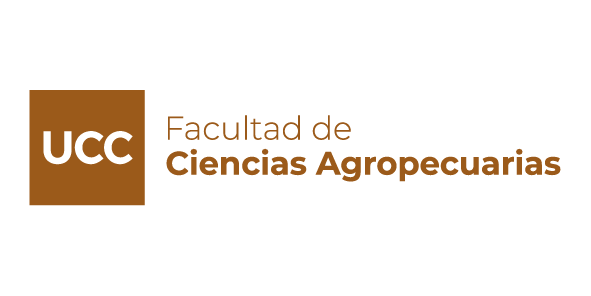Relationship between ultrasound measurements of the cecal appendix and postoperative diagnosis in acute appendicitis in pediatric patients
DOI:
https://doi.org/10.22529/me.2022.7(1)04Keywords:
appendicitis, ultrasound, gangrenous appendicitis, perforated appendicitisAbstract
INTRODUCTION: acute appendicitis is a frequent cause of abdominal pain in children and is the most
frequent abdominal surgical emergency in childhood and can occur at any age, although it is more frequent
between 6 and 10 years. The symptoms of the condition depend on multiple factors, mainly the age and the
hours of evolution of the pathology. It constitutes a diagnostic challenge due to the overlap of symptoms
with other pathologies, especially in children under 4 years of age. That is why, when there is clinical
suspicion, the doctor must request complementary laboratory and radiological examinations that allow a
differential diagnosis to be made in order to reduce negative laparotomies and avoid complications. The
delay in its recognition is associated with an increase in morbidity, mortality and medical costs. Both the
blood test and imaging studies help the doctor make a decision against a common pathology in pediatrics,
the acute abdomen.
OBJECTIVES: to establish if there is a relationship between the ultrasound measurement of the cecal
appendix in a pediatric patient with an acute abdomen and the postoperative diagnosis.
MATERIAL AND METHODS: observational, retrospective, analytical study in which the patients
hospitalized at the Clínica Universitaria Reina Fabiola, of pediatric age (0 - 16 years), hospitalized between
2017 and 2019 and who had a histological diagnosis of acute appendicitis were analyzed, and they were
compared with the measurement of the cecal appendix measured by the pre-surgical abdominal ultrasound.
Statistical analysis: the relationship between de hystopathological diagnosis of appendicitis and the cecal
diameter as measured by ultrasonography was determined with the Student T test. The cut off values of the
cecal diameter as measured by ultrasonography to distinguish between the different hystopathological
subtypes was established by ROC curves and the sensitivity, specificity, positive and negative predictive
values with 2 by 2 tables.
RESULTADOS: the data of 159 patients were analyzed. The mean (standard deviation) of the diameter of
the cecal appendix by ultrasound was 0.86 (± 0.23 cm). The area under the curve for ultrasound for
appendicitis in general, as well as for catarrhal and phlegmonous appendicitis were low (0.198, 0.256 and
0.226 respectively), such that the sensitivity, specificity and predictive values were not estimated. The area
under the curve for ultrasound for the diagnosis of gangrenous and perforated appendicitis, showed an
adequate area under the curve (0.861 and 0.869 respectively). Taking as thickness cut-off values of the
cecal appendix by ultrasonography of 1 cm for gangrenous appendicitis and 1.2 cm for perforated
appendicitis, values of sensitivity (45.3 and 40%), specificity (97 and 92.2), were obtained. respectively.
CONCLUSION: ultrasound is an important tool to complement the clinical findings when evaluating a
pediatric patient with an acute abdomen. Ultrasound findings of an appendix greater than 1 cm show high
specificity for the diagnosis of advanced appendicitis, that is, gangrenous appendicitis or perforated
appendicitis. Which will lead us to adopt a surgical conduct more quickly.
Published
How to Cite
Issue
Section
License
Copyright (c) 2022 Methodo Investigación Aplicada a las Ciencias Biológicas

This work is licensed under a Creative Commons Attribution-NonCommercial-ShareAlike 4.0 International License.




















